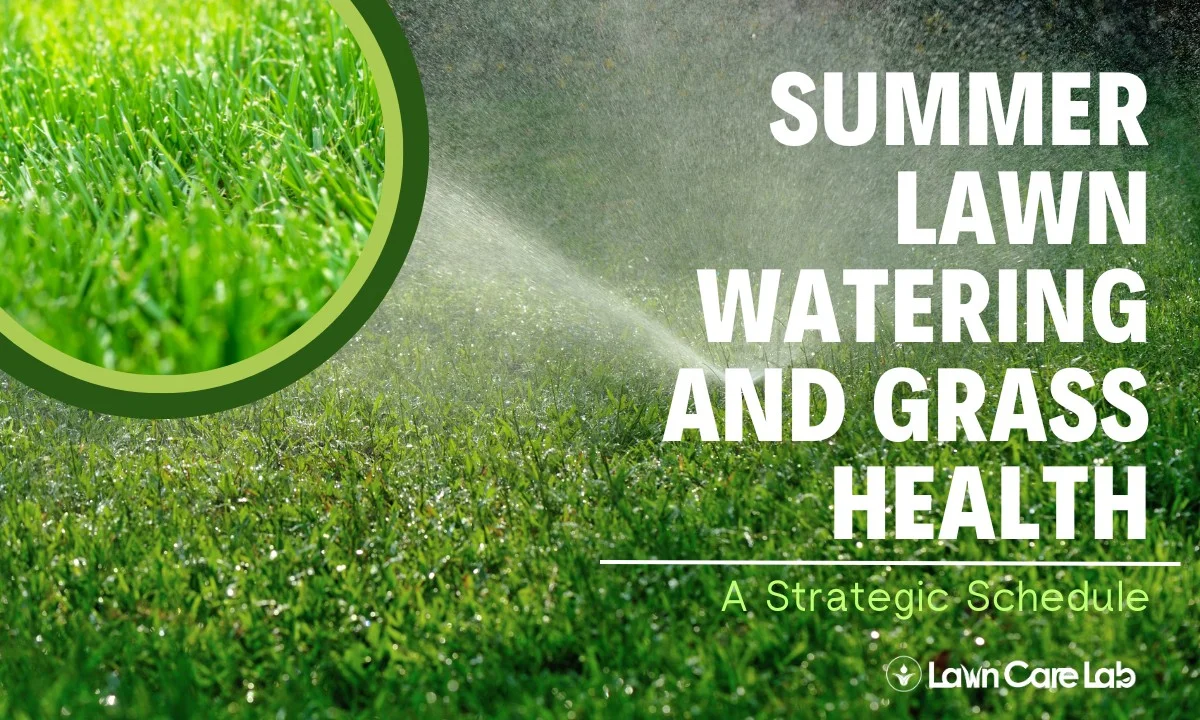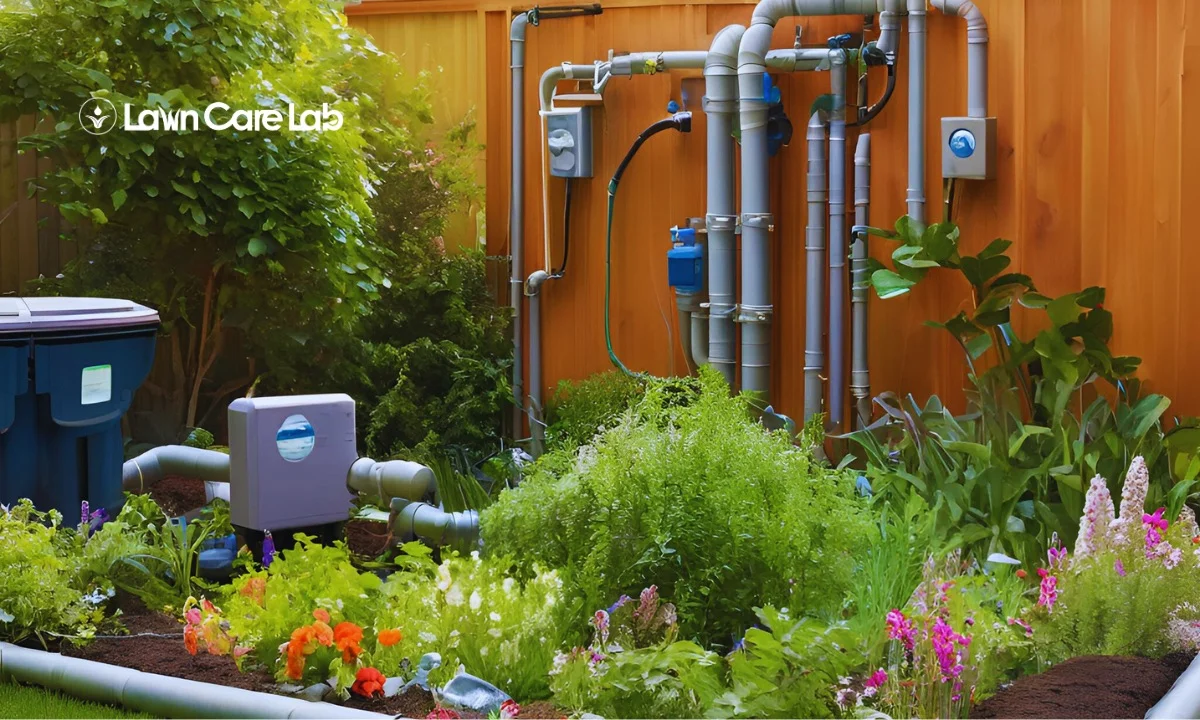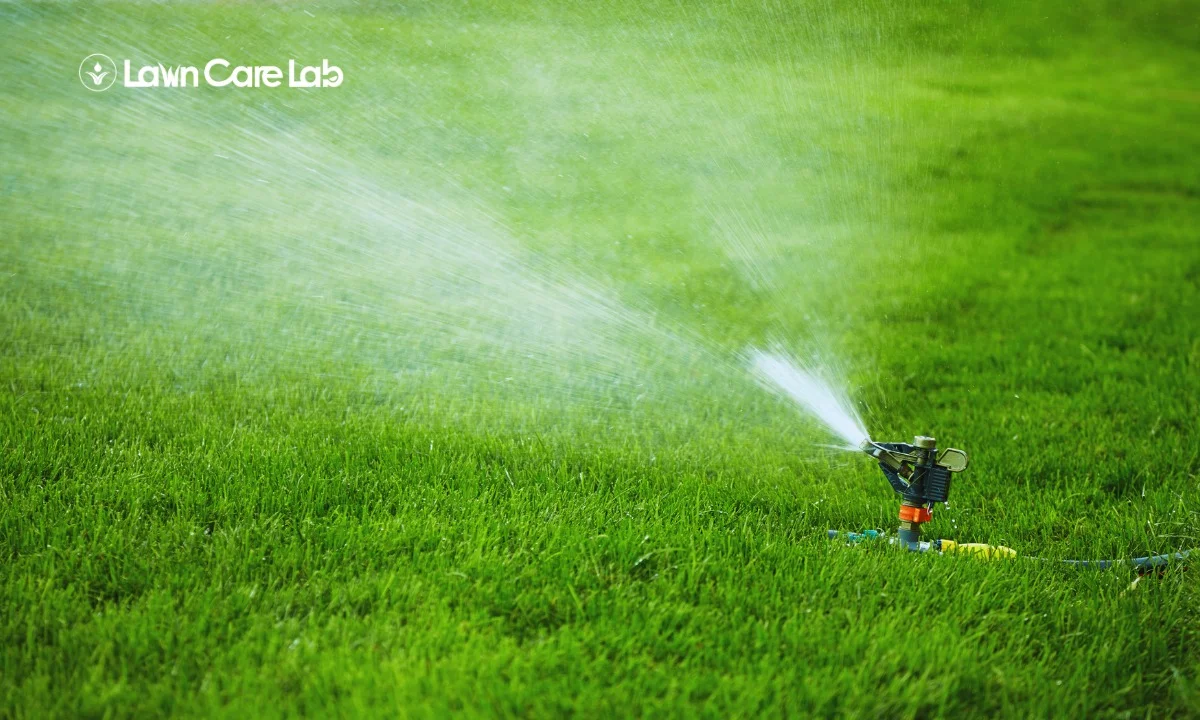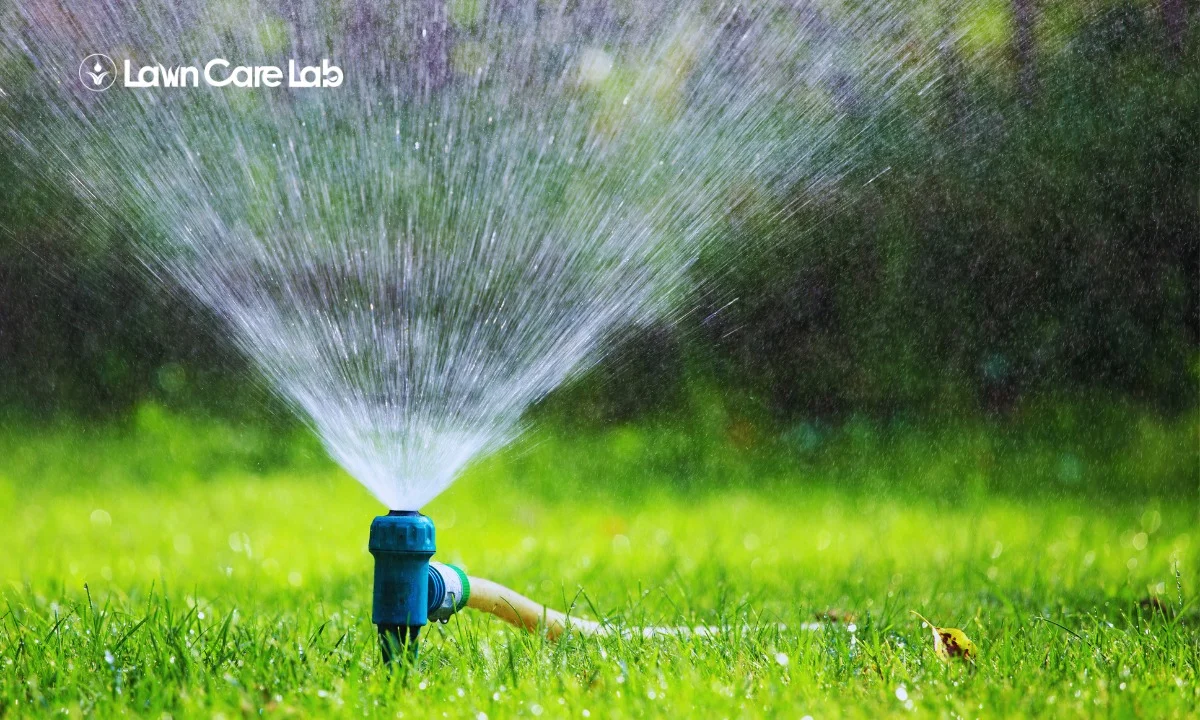Want strategic schedules for optimal summer lawn watering and grass health?
Hold off on soaking your thirsty lawn. Carefully planned morning sprinkling that nourishes grass precisely without overwatering helps lawns flourish into healthy, vibrant, stress-resilient green spaces all summer.
We will supply a strategic watering schedule to adhere to, allowing you to cease the guesswork and commence proper lawn care.
It’s time to transform your dry, brown patch into your very own lush haven.
Table of Contents
Optimal Summer Lawn Irrigation: Timing is Everything for a Flourishing Grassland
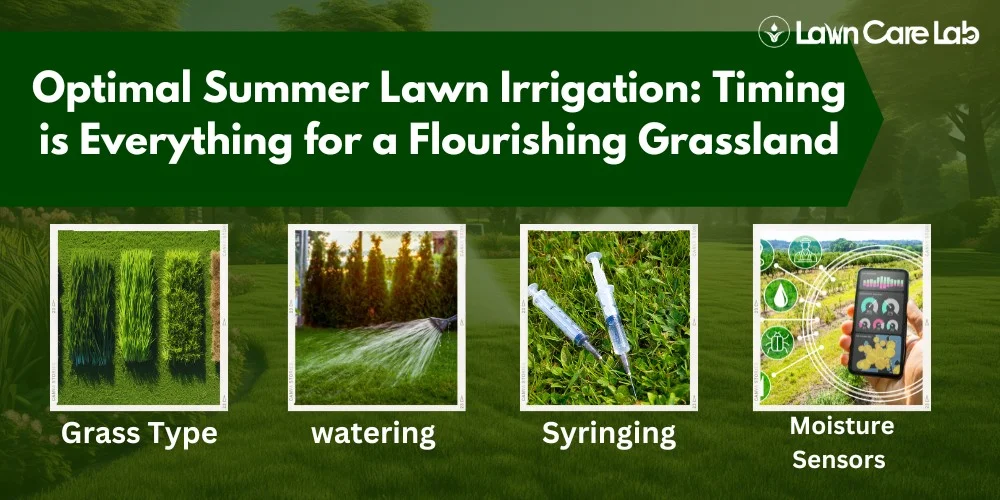
We will analyze strategic factors to help you determine the optimal watering frequency for your summer lawn, resulting in a lush and vibrant lawn.
Let’s learn how to adapt your extreme heat and drought plans by watering at night or early morning and creating efficient zoned irrigation cycles for complete hydration.
Assessing Regional Variables that Impact Summer Lawn Watering Plans
Consider climate, soil, and grass type when planning summer lawn watering.
For instance, a dry climate with sandy soil will require a distinct care approach compared to a damp region with clay soil.
| Climate | Soil Type | Grass Species |
|---|---|---|
| Arid | Sandy | Bermuda, St.Augustine |
| Humid | Clay | Fescue |
| Mild | Loam | Zoysia |
Pay attention to signs of grass distress, such as wilting, discoloration, and slow disappearance of footprints on the grass; these are key indicators that can help you adjust your watering schedule accordingly.
In summer thunderstorm regions, give less water to plants to avoid over-saturating them.
Prioritize safety – Avoid creating slipping hazards and conserve water by watering plants in moderation.
A customized watering strategy will ensure your lawn remains vibrant throughout the summer!
Determining the Ideal Watering Frequency for Healthy Summer Lawns
You might be questioning if your lawn receives the appropriate amount of water necessary for its growth.
Recognizing overwatering or underwatering can be tricky, but there are specific indicators to look out for.
Our forthcoming conversation will thoroughly explore these significant signs, enabling you to modify your watering routine and achieve a flourishing, lively lawn this summer.
Signs That Your Grass is Getting Too Much or Too Little Water
Identifying signs that your lawn is receiving insufficient or excessive water can be complex, yet there are crucial signs to watch.
- Insufficient Watering: Look for signs such as wilted blades, discoloration, and stunted growth.
- Excess Watering: Be alert for symptoms like shallow root systems, waterlogged areas, and disease manifestation.
- Ideal Hydration: Healthy grass should rebound rapidly after being stepped on.
Remember, Visual inspections are crucial in pinpointing issues and safely modifying your watering frequency and quantity.
Adjusting Schedules Based on Summer Heat Intensity and Drought
You may be wondering how to protect your lawn from the intense noon heat.
Here’s a pragmatic approach: mitigating the heat stress during the day with a syringing technique.
It entails gently sprinkling your lawn during high temperatures to cool it down and prevent tissue damage.
This practice ensures your lawn remains lush and lively even under intense summer heat.
Alleviating Midday Heat Stress with Syringing
Syringing in the hot afternoon hours is a crucial step to lessen midday heat stress and maintain the vitality of your lawn.
Here are the procedures to follow:
- Initiate in the early afternoon once the dew is completely dry.
- Apply a light sprinkling for 5-10 minutes.
- Repeat this process during periods of extreme heat.
The swift evaporation that occurs contributes to a cooling effect, providing a protective layer for your lawn,
Now we will explore why watering during the late evening and early morning hours is most beneficial in summer.
Why Nighttime and Early Morning are Best for Summer Watering
Investing time and effort into lawn care and scheduling your watering routine can greatly influence its health and aesthetics.
Implementing an early morning watering strategy is a straightforward, potent method to avert lawn disease.
Preventing Lawn Disease with Proper Early Morning Watering
By watering our lawns early in the morning, we are effectively reducing the likelihood of lawn diseases.
Here’s the rationale:
- Watering early ensures the grass dries well before nightfall. This practice also hinders the development of optimal environments for fungal diseases.
- During the day’s peak heat, it supplies the necessary moisture to the lawn.
This approach keeps your lawn robust and aids in the maintenance of a safe, lush outdoor environment.
Next, we’ll focus on creating efficient irrigation cycles for the summer months.
Establishing Effective Zoned Summer Irrigation Cycles
Your lawn might comprise different grass types, each exposed to varying degrees of sunlight, all requiring distinct care. This is where the concept of zoning proves beneficial.
Automate your lawn’s watering schedule with intelligent controllers and moisture sensors to ensure optimal health, conserve water, and save time.
Let’s delve deeper into the process of establishing efficient summer irrigation cycles for each zone.
Targeting Different Grass Types and Sun Exposure with Zones
Zoning can make watering schedules for different grass types and sun exposure more effective.
- Bermuda grass flourishes best in sunlit zones that receive regular watering.
- Shade and minimal amounts of water are ideal for Fescue.
- Implementing smart controllers can ensure accurate watering in diverse microclimates.
Remember that your lawn’s well-being is a testament to your nurturing – strive for well-planned watering regimes this summer.
Utilizing Smart Controllers and Moisture Sensors to Automate Zones
By leveraging the capabilities of smart controllers and moisture sensors, you can achieve precise automation of your zones.
These gadgets harness weather data and adapt watering schedules in response to current conditions, guaranteeing optimal irrigation without excess.
Subsurface sensors enhance this process by delivering feedback on each zone’s needs. This advanced technology ensures a lush lawn and encourages water conservation and efficiency.
Conclusion
Now, you’re equipped with the science to conquer the summer heat and maintain a lush, vibrant lawn.
Remember, it’s essential to water early, striking the perfect balance—not too much, not too little. This is the key to a stunning yard.
Though it may seem simple, it can have a profound impact! The sight of your thriving green haven during a hot summer will surely invoke envy among your neighbors.
Enjoy your watering routine!
FAQs on Summer Lawn Watering
What is the ideal watering schedule during high temperatures?
When is it advisable to cease watering my lawn in the summer season?
When should I discontinue watering my yard in the summertime?
What is the optimal time for watering a lawn?
When is the best period during the day to water my plants?
How can I determine if my grass is sufficiently dry for mowing?
Is it acceptable to mow wet grass?
- How to Create a Lawn Care Schedule for Southern Climates - October 30, 2024
- How to Use Compost Tea to Boost Lawn Growth and Soil Health - October 23, 2024
- The Best Grasses for Saltwater-Exposed Lawns: Coastal Lawn Care - October 17, 2024

